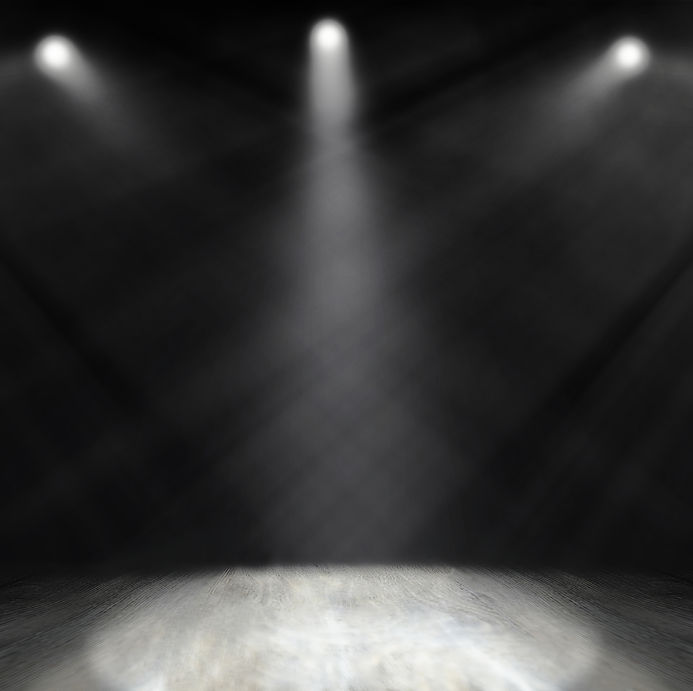“Breaking the fourth wall” in theater does not mean that a contractor needs to be called to clean up the mess. Instead, it refers to the notion that actors must pretend that the audience simply is not there in order to complete their immersion in the story and maintain suspension of disbelief. The idea is that the three walls of the stage have a “fourth wall” that comes between the actors and the audience, and doing anything to acknowledge the audience or that reminds them they are watching a play “destroys” this barrier.
When someone breaks the fourth wall, the result is often that the audience become detached from the story and characters and begins to regard the production as people on a stage rather than a transportation to another possible reality. For this reason, most actors are taught to avoid breaking the fourth wall at all costs. On the other hand, some clever playwrights, directors and actors occasionally break the fourth wall on purpose as a device to engage the audience in unexpected ways, often reinforcing themes or character traits.
To learn more about why most people should not break the fourth wall and why some are able to get away with it, here are situations where the technique can be either bad or good:
Breaking Badly
The most common warning against breaking the fourth wall relates to directors who want their actors to remain professional as long as they are on stage and avoid blunders that make the production come across as amateurish. Touching the curtain is strictly forbidden as its swaying will inevitably draw more attention than whatever is happening on the stage. Similarly, bumping into scenery or dropping props can be disastrous to a scene unless the actor is able to smoothly remain in character and recover.
Other common fourth wall breaking “technical difficulties” include half-raised backdrops, overactive spotlights and moustaches that seem to want to make a daring escape from the wearer’s face mid-scene. Some productions can play these snags off by leveraging the good will of the audience, but other mistakes are unforgivable and can mar an entire performance, especially if the play is supposed to be serious.
Audience Engagement and Participation
A common violation of the “don’t break the fourth wall” maxim is to find ways to forge connections with the audience and get them directly participating within the play. The most classic example comes from William Shakespeare himself, when Puck addresses the audience at the end of A Midsummer’s Night’s Dream and basically tells them that if they did not like the play then just consider that it was only a dream filled with “visions.” Later narrators like Tevye from Fiddler on the Roof use this technique to weave their tale to the audience and create a relationship full of shared “insider information.” The plays Our Townand Dancing at Lughnasa used this strategy to dramatic chilling effect.
Another offshoot of this strategy is to get the audience involved in fun or funny ways. Maureen in RENT asks the audience to “moo” with her during her protest and walks through the audience asking “which way is the stage?” to introduce her character as someone likable but perhaps a bit pushy. Similar strategies were used in Avenue Q and Hairwhere actors go out into the audience to beg for change. In Spamalot an audience member even holds the key to plot resolution when the actors discover the Holy Grail hidden under their seat.
Comedic Genius
Breaking the fourth wall is often used as an ironic device meant to trigger laughs. Jokes like “we need to stop singing or we’ll never get through this scene” are common lines thrown in by directors. Changing location references in the original scripts to locations the audience would be familiar with during reproductions is another oft-used gag.
Mel Brooks became the king of pitching jokes to the audience during his films and his The Producers musical. For example, his villain inBlazing Saddles inspires henchman by saying: “You will only be risking your lives, while I will be risking an almost certain Academy Award nomination for Best Supporting Actor.” By the same token, Robin Hood Men in Tights has a moment where everyone pulls out the script to confirm what happens next in the plot.
Uses like these make the fourth wall engaging rather than distancing, but they are only successful when wielded carefully. In general, rehearsals will establish whether or not a fourth-wall-breaking device will work with audiences, and only with careful preparation at that.
Lionheart encourages you to learn more about theatrical devices like these by coming to see our shows and paying attention to the moments when the actors feel that it is okay to remind the audience that they are watching a play. With careful observation, you may even come up with some ideas of your own on how the device can be used to mess with minds, forge audience bonds or get some belly laughs.

